Shrimps, Seadragons and Siphonognathus argyrophanes
(As told to Steve by David Muirhead)
The fish Tubemouth, Siphonognathus argyrophanes, looks very pipefish-like, and many veteran divers incorrectly think that they are true pipefish. They are, however, in the same family as wrasses (Labridae), which includes the ‘rock cod’ or ‘parrotfish’, plus weed whiting and western blue groper (which strictly should be called a western blue groper wrasse because it’s completely unrelated to tropical groupers like the giant Queensland Grouper).
Tubemouth, Siphonognathus argyrophanes
Tubemouths are yet another example of our huge endemism rate here in SA. They stalk smaller fish along the edges of seagrass meadows, and it’s not hard to imagine their having immense success! And, they are one of very few fish of any kind globally, freshwater or marine [tubemouths are strictly marine fish, but that’s by the by] that can turn their heads from side to side at the neck/body junction; something that we consider normal in most terrestrial animals and all birds, but not fish, which with rare exceptions must turn or arch their whole body left or right to point their heads in any direction other than dead ahead.
Tubemouths hunt along the edges of seagrass meadows where they are ideally evolved as stealth predators. Lurk then pounce!
Tubemouths hunt along the edges of seagrass meadows
I have often seen leafy seadragons and tubemouths swimming together. I used to wonder what drew these two very different fish species to associate with each other as they clearly sometimes do, such as here off the outer end of the new Rapid Bay jetty.
A leafy seadragon and tubemouth swimming together
I have never seen a cleaner host in the immediate vicinity to explain this, and had become inclined to think that they were just curious about each other, or maybe the tubemouths were attracted to the same concentrations of tiny mysids (miniature shrimp) upon which the leafy seadragons feed, because there are many other fish which also eat mysids and doubtless some are suitable prey for tubemouths.
Tozeuma elongatum shrimp
But, after seeing the Tozeuma elongatum shrimp very close to the juvenile tubemouth recently at the same site, I wonder if the leafy seadragons and the tubemouths are both seeking the cleaning services of one or more Tozeuma elongatum shrimps hidden in the seagrass and not visible in my photos.
A leafy seadragon and tubemouth swimming together
Both the tubemouth and the leafy seadragon are facing in the same direction in this photo, suggesting that they are queuing for cleaning. This is highly speculative of me, but I look forward to seeing or hearing of future developments in the increasingly vast area of parasite removal by host cleaner creatures globally, especially marine critters.
One thing we can be sure of is that the surface has barely been scratched on the topic as it applies to marine ecologies.
Some of the fish in my tubemouth images (that were taken on several separate dives at and just beyond the outer end of the new Rapid Bay jetty) are in client pose, either being cleaned or awaiting cleaning by a dedicated host, which I think is that weird looking shrimp Tozeuma elongatum.
Tubemouth in client pose
I have zoomed endlessly in on each photo but I remain unable to locate a definite shrimp, or other potential host cleaner for that matter! If any host/client interactions really were happening, while I was busy focusing on the larger fish as nice photographic subjects, then I’m damned if I can see that in any of the pictures!! Sure, if I allow free reign to my imagination, I think I see what feasibly could be Tozeuma elongatum shrimps hidden in the seagrass near each fish subject! And let’s be frank, any shrimps of that sort would be near impossible to see in their chosen habitat i.e. seagrass, but I can’t let go of the possibility.
(As told to Steve by David Muirhead)
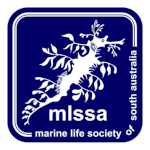
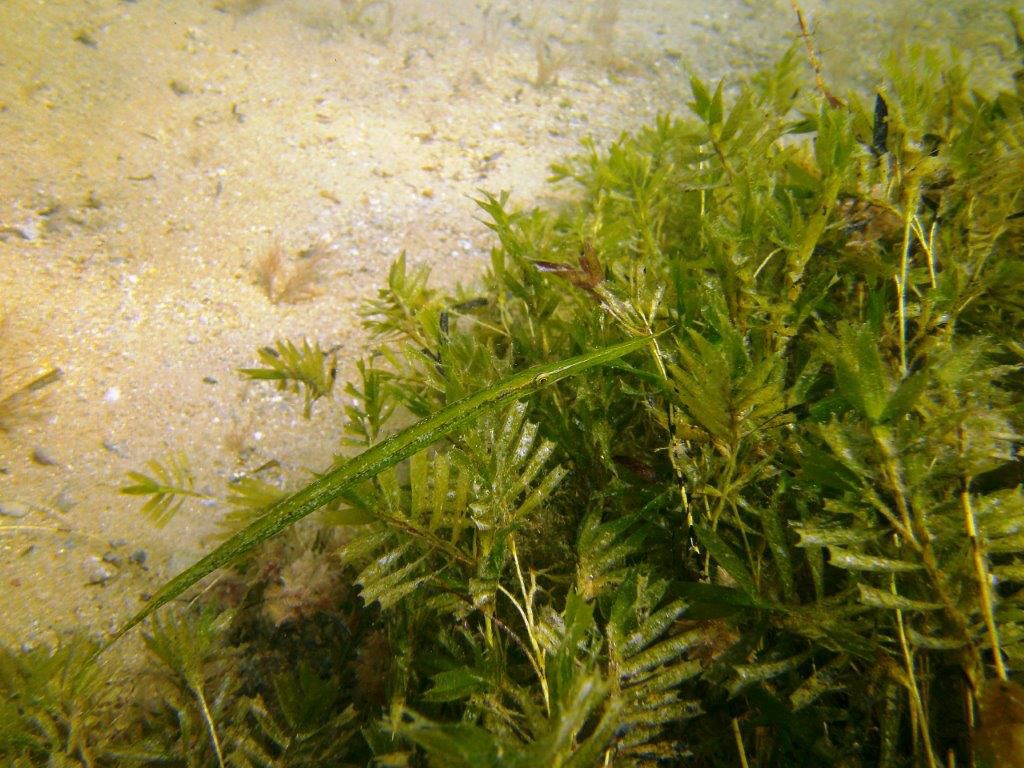
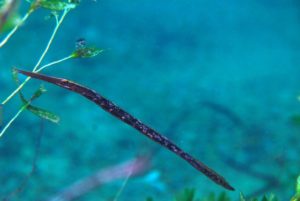
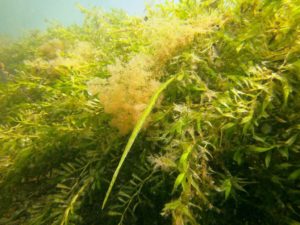
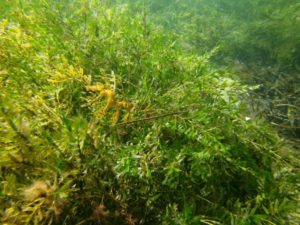
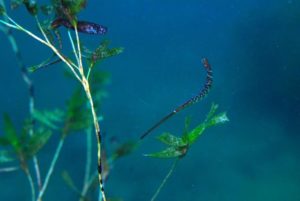
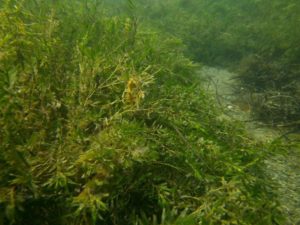
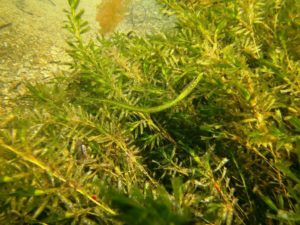
[…] (Editor’s note – David has posted several tubemouth photos to iNaturalist – see https://inaturalist.ala.org.au/taxa/112704-Siphonognathus-argyrophanes/browse_photos , including the one further below. Several tubemouth photos also feature in the article Shrimps, Seadragons and Siphonognathus argyrophanes – Marine Life Society of South Australia Inc. …) […]